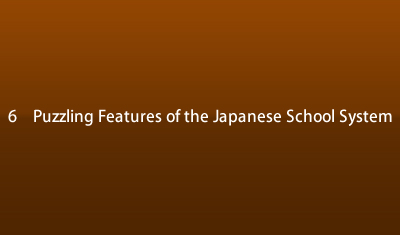 |
Q Why are classes in Japanese elementary schools so large?
A Peace at the end of World War II resulted in a sharp rise in population. The population which stood at 72 million in 1945 rose to 83.2 million in 1950 and exceeded 100 mil-lion in 1970. The population increased by 30 million in a mere 25 years.
The Fundamental Law of Education and the School Education Law newly enacted in 1947 resulted in elementary and junior high schools becoming compulsory that enabled all children to receive an education under the philosophy of equal educational opportunities for all. As a result, there was a shortage of schools to accommodate all of the students.
Elementary school classes were forced to accommodate more than 50 students per class, and this situation continued until the 1960s. With the decline in birthrate, the number of pupils per class in elementary schools began to decline from around the 1980s. Now it does not exceed 40, but it still is a large number compared to the number of pupils per class in the United States.
With the importance placed on a high educational background, many students go on to pursue higher education and the overcrowded classroom situation continues on through junior high, high school and the university levels. However, the overcrowding in the Japanese classrooms has finally begun to ease with new schools that have come up in the meantime and the decline in the high school student population from around the 1990s.



